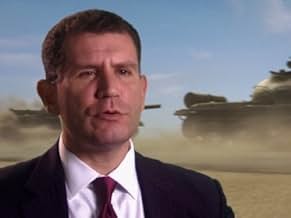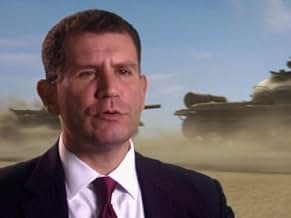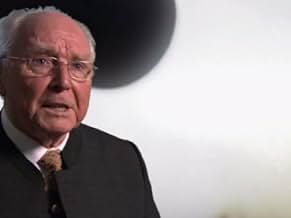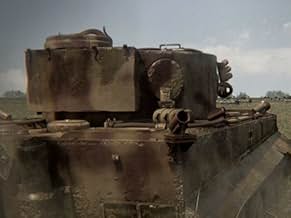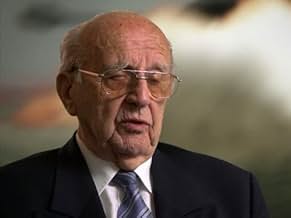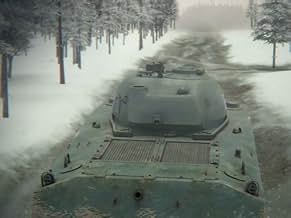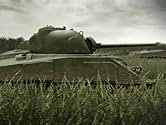
Play clip2:05
Watch Greatest Tank Battles: One Of The Greatest Conflicts Of The 20th Century
The history of the most notable armored fighting vehicle engagements is told.The history of the most notable armored fighting vehicle engagements is told.The history of the most notable armored fighting vehicle engagements is told.
Browse episodes
Storyline
Featured review
For the past 107 years or so, tanks have been the ultimate armored force on battlefields all around the world. I've always enjoyed shows like these because war history is one of my strong suits. The show spans basically the entirety of tank warfare, from their introduction intending to break the bloody stalemates of World War I to the 1990s during the war in Iraq. While the show does have quite good visuals and actual veterans of the battles to help illustrate how the events might have looked like, my first gripe with the show already comes into focus. For me, this show is only surface level history, which is fine, but the program usually forgoes details on the vehicles or battles in favor of a more entertaining experience. When they bring up the tanks being used in a particular engagement, they'll usually just mention its name, country of origin, how much armor it has, and its gun caliber. While this might bother me just a bit, the only two episodes I saw so far are both good, despite centering on roughly the same event: the Nazi invasion of the USSR. The people being interviewed are probably long dead by now, but what they talk about really shows how even average teenagers were willing to jump right into such horrendous wars during this era. The average age of a ww2 soldier was something like 19 or 20, and the Soviets alone lost over 20 million people defending their country. The show also goes into the tactics tank operators and crews would utilize in order to accomplish missions and stay alive, such as angling their armor. Sloped armor is a simple but revolutionary invention made during ww2 that gave armored vehicles armor plating that was angled a certain way, typically on the front since this was the spot where the tank was most likely to get shot. If an enemy tank shell hit the armor at an oblique angle, it would often veer off and not damage it. Tank crews would take advantage of this and position their tanks in certain ways to reduce the likelihood of a shell penetrating. As the war went on, new countermeasures to tank ammunition would be brought in, such as the American practice of putting sandbags on some areas of M4 tanks, or the germans adding spaced armor to their later tanks. Basically a large plate of metal positioned parallel and some distance away from the primary armor, it was designed to detonate tank shells before they had a chance to damage the vehicle. This concept likely evolved into what is today called reactive armor, which is two pieces of metal with an explosive wedged in between. The idea being, if a missile or rocket is shot at the tank, the explosive in the armor will blow up and release blunt force that the tank can withstand. In any case, this is a mostly interesting show if you like reading things about military vehicles, as I have loads of books on this subject. Just don't expect it to be as in depth as a more history oriented show.
- nickenchuggets
- May 5, 2024
- Permalink
Details
Contribute to this page
Suggest an edit or add missing content

Top Gap
By what name was Greatest Tank Battles (2010) officially released in Canada in English?
Answer


